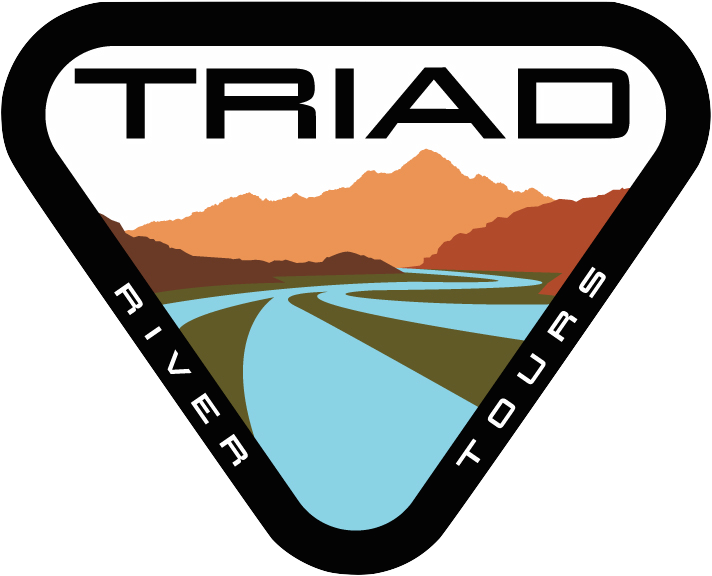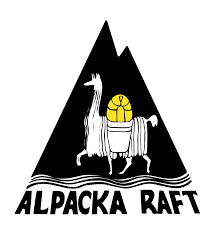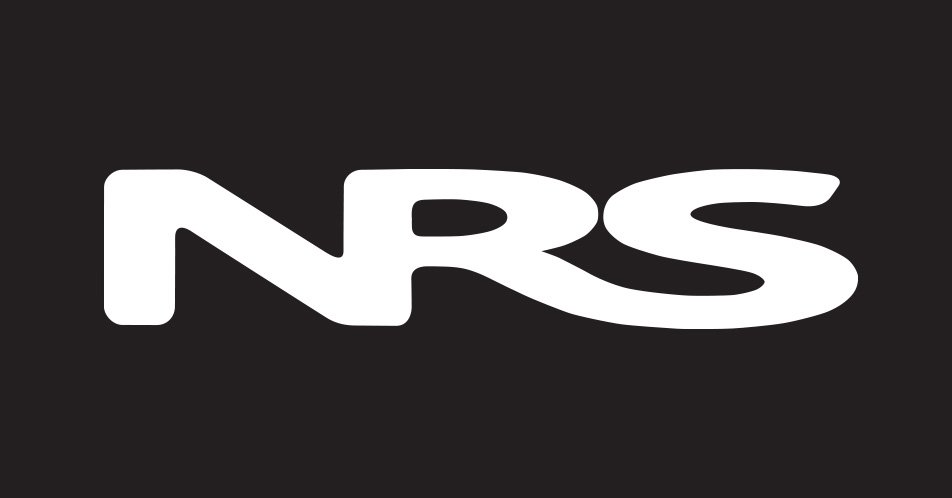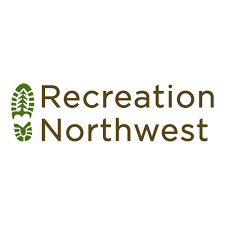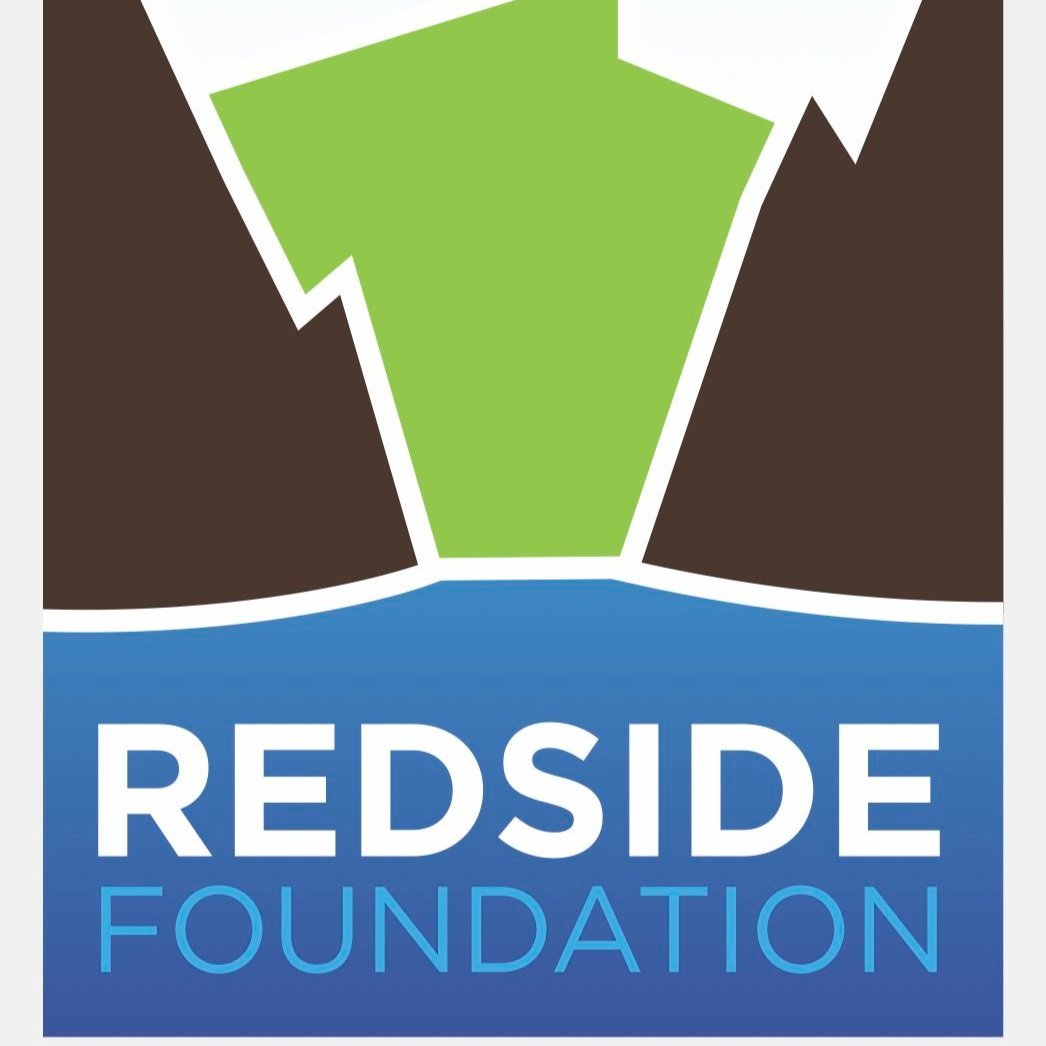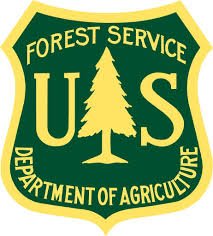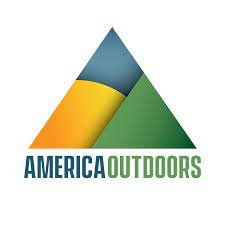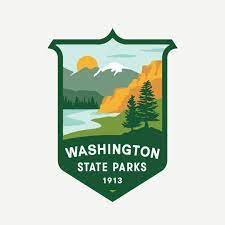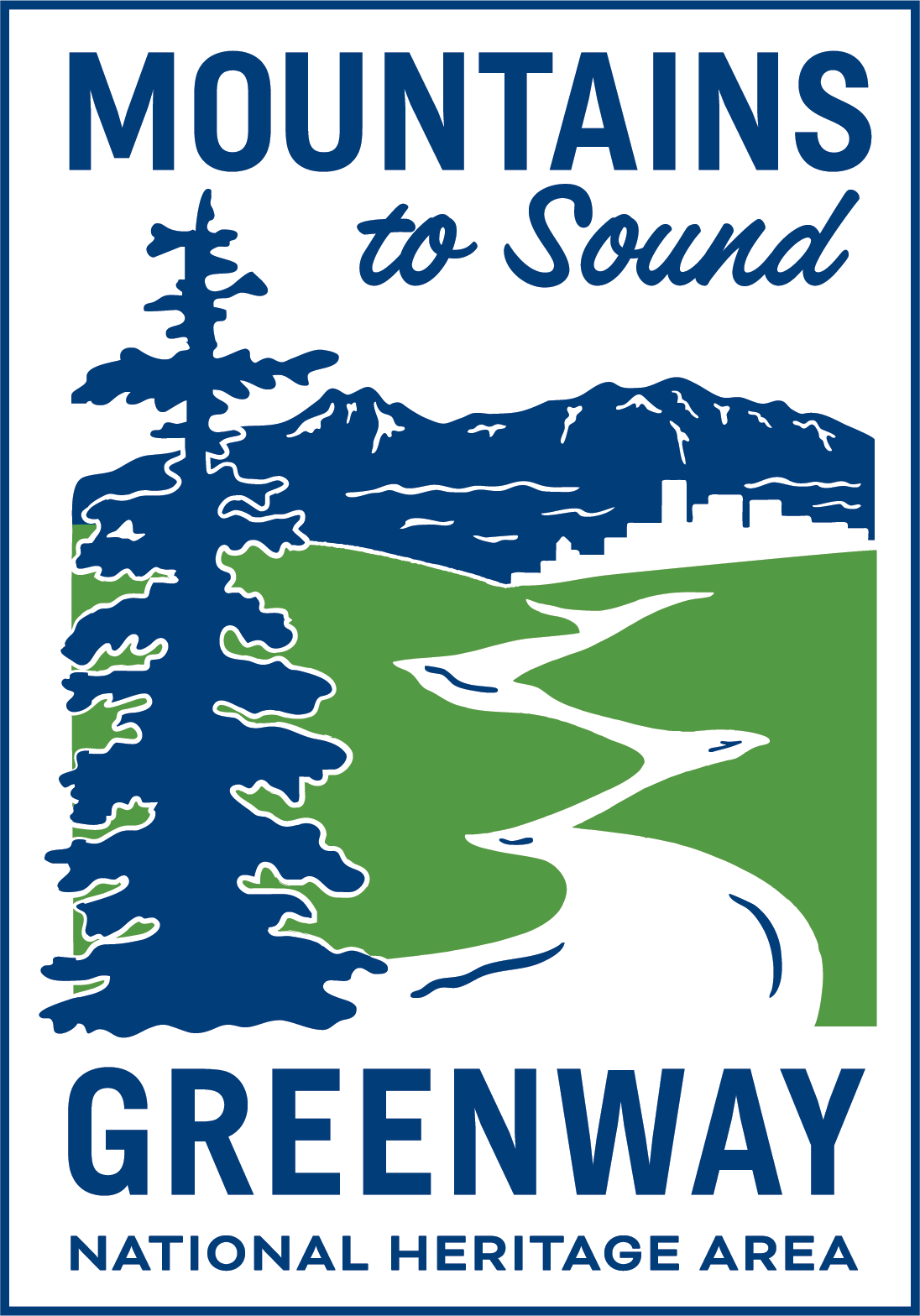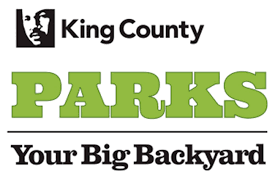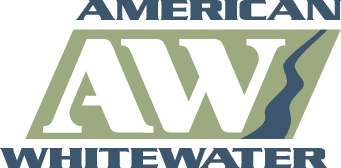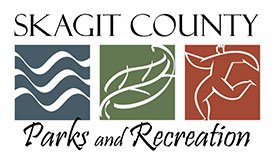Much has been made of drinking water and the acquisition of and disposal of dish water on rafting trips, and among professional whitewater guides this is a topic that we are often discussing with our guests. Most expedition style multi-day rafting trips do not have the luxury of packing in enough potable water, nor do they have the time or resources to filter all of the water used for drinking, dishes, etc. for the duration of the rafting trip. As a result, there is a bit of a tradition when it comes to dealing with water safety on multi-day rafting trips that has a history of success, and the data is clear that while “beaver fever” may be one of the most dreaded illnesses to contract while in the wilderness, it simply is not very common on whitewater rafting trips despite the extensive use of river water around camp.
For starters, lets clarify something; by inferring that the propagated and often commercialized beaver fever scare is at least slightly exaggerated, we are not advocating that you go out to your closest river and start filling up your Nalgene or Klean Kanteen water bottle and start gulping it down thinking that you’re getting some safely drinkable natural spring water enhanced with minerals. Instead, what we’re talking about here is that water treatment can be somewhat confusing and because as professional guides we annually drink up to half (and sometimes more) of our water while in the backcountry, and thus from wild sources, it seems to be our duty to share our insights.
Additionally, around camp, there are essentially 3 major uses for water; drinking, dishes, and cooking. We’re going to address the common modus operandi regarding how those three water systems are commonly managed by professional rafting guides.
Drinking untreated water out of any mountain stream or river can result in serious illness or death; that’s not a joke, it has happened, and for most guides at least once or twice in their career they spent some additional time on the groover (camp toilet) after satisfying their thirst on a beautifully and picturesque mountain stream. Furthermore, the over reliance on water filters is as much a product placement scam as it is a public health service; meaning that a lot of times water filters are over utilized for water that isn’t being drank by rafters). So the scare is for good reason, but it shouldn’t be something that frightens you to the extent of choosing Disneyland over a Grand Canyon trip; backcountry travel and the use of river water around multi-day rafting camps can be managed safely. Here’s how we recommend going about it:
Dish Water
At camp, most dishwater comes from the river unless the river is excessively polluted (think the Mississippi, the Hudson, or the Ohio Rivers). We normally use a waterless toilet, and we urinate in nature in a designated area consistent with directions from authorities that are abiding by the environmental impact studies done by environmental scientists. Since we are going to assume that our dishwater is coming from the river, we are going to focus on how that dish washing setup is organized.
When preparing river water for dishes on a multi-day whitewater rafting trip, most commercial outfitters abide by simple rules just the same as any restaurant quality commercial dish washing machine, and that is that there are three distinct cycles; a degreasing wash cycle, a main wash cycle, and a rinse/sanitizing cycle. In a restaurant dishwasher all but the last cycle is often done with very hot water. On the river, guides usually have rubber gloves to protect their hands from the scolding water, and have 3 or 4 “buckets” for their dish wash system. The additional fourth bucket (or wash cycle) is the first bucket in the system, and is usually a disgusting mess of grease and food. It is referred to by at least some guides as the “schmeg” water, or water that is only involved in order to clean off larger particles of food, or otherwise get the plates and pots prepared to go into the wash cycle. You could bypass this bucket with some paper towels or just an aggressive spatula session, or a dog.
The main 3 wash cycles on a multi-day rafting trip are ubiquitously the degreasing, main wash, and sanitizing. On the river the water in the first two wash cycles is boiled for a couple minutes, or at the very least is brought to a temperature that will kill all common bacteria (around 160 degrees). The hotter the water the cleaner your dishes will be, so you’re best to boil your water and protect your hands. Bare hands simply aren’t tough enough to deal with the temperature of water needed to get a good wash done, and in situations where fuel is to be conserved or if you’re in a place where your camp does not have easy access to water, you will find that veteran river guides are correct in that it is best to wash your dishes thoroughly one time in very hot water rather than scrub endlessly for the same result, and then perhaps deal with oily streaks on your dishes at dinner time.
As stated the first two cycles in a rafting camp dishwashing station are both done with hot to very hot water, and at least the first cycle has ample dish soap or degreaser involved. We want to be as environmentally conscious as possible to adding additional soap may not be conducive to cleaner dishes, so be mindful, at the same time you do not want too much soap added to the bucket that comes directly before the sanitizing cycle because then you’ll have soapy dishes at the end as the cold water in the sanitizing cycle gets overcome with soap.
The third cycle has dishwater from the river that is not heated but is treated with bleach or another sanitizing solution; this is done with cold water typically because bleach evaporates at a lower temperature than water, so if you add bleach to hot water it will simply evaporate and you’ll have wasted your bleach and your fuel. The dishes are scrubbed, washed, sanitized, and placed in some kind of drying rack to air dry. Drying dishes by hand isn’t advisable because using a towel to dry dishes can result in cross contamination; air-drying is best.
Usually you will have the most dishes at night after dinner, and the dishes will air dry overnight, and the next morning the guides or your group of private river rafters can put the dishes away. It’s also not uncommon to use disposable silverware and dishes for lunch and breakfast and save the dishwashing for only dinner; it’s debatable if this is better or worse for the environment when you consider that the chemicals used for dishes are often introduced to the soil (we will not get into the endless debate about sump holes or where to dispose of your dish water, and will rely on your good judgment and the guidelines provided by your local river ranger or environmental authorities).
Water for Cooking and Coffee
Cooking with river water on whitewater rafting trips occupies a little bit of a grey area. Unlike dishwater, this water is not always immediately treated with either heat or chemicals. Instead, water is often added to recipes that will eventually, but not immediately call for baking or cooking. Think about the water used in a recipe for brownies, this water, once mixed with the brownie mix, then will come into contact with dishes, a whisk or a fork, and then have a bit of an adventure around camp before any of the pre-existing bacteria prevalent in the river water meet their demise over the fire, coals, or propane based heat source. Water for cooking, thus, requires more awareness by the river guides or private rafters in order to prevent cross contamination or water borne illness. Of course, this is where a lot of folks just throw their hands up and upon looking at their kids participating in their first whitewater rafting adventure, decide to just have them pump all consumed water through a filter; and that’s your prerogative.
Usually, coffee water comes from the river as well. On most commercial rafting trips, the river is pristine and there are not many human populations above you. By definition, expedition multi-day whitewater rafting trips are in the wilderness, and therefore up in the mountains, and necessarily they are closer to the source. On many whitewater rafting trips the river being used for coffee is primarily made of spring water, with the rest coming from melted snow and glaciers, and then some of it coming from recent rains. The end result is that the water itself on rafting trips that comes out of the river is, in it’s untainted form, quite pure, and more so than most municipal water out of the tap, the problem is that all it takes is for a dying animal to find it’s final resting place in a small mountain spring a few miles above you, and for said animal to then secrete poisonous bacterial into this pristine water supply… it only takes 1 beaver to ruin the water quality of an entire river (sorry for the graphic content, but they do call it “beaver fever” for a reason).
The rule of thumb is that if there is a population center above you that’s significant enough that the town has a Wal-Mart, then you shouldn’t drink the water in coffee. Another rule of thumb is that if you cannot see the bottom of the river while rafting you should not use that river water for coffee. Because all coffee water is boiled (there are ways of making camp coffee without boiling water, but “cowboy coffee” still reigns supreme on most expedition rafting trips), there is no risk of bacteria contamination, but rather you risk impurities, chemicals, or in some cases, fuels from cars or trucks that have crashed and ended up in the river, spilling their automotive contaminants into the river and thus, into your coffee. Most river rafters are tough people, but no one can survive for very long drinking coffee laced with diesel fuel.
If you happen to be camping near a stream, look at a map and see where the stream is sourced; if the stream does not cross a road, it is probably best to get your coffee water from the stream instead of the river. Also, consider that more contaminants are in the river systems in early season, as spring rains “clean” the surface of the earth and bring with it all kinds of human-made contaminants into the river. Later on in the season, river levels are often more attuned to springs up in the mountains and melting snow and ice from deeper within glaciers. While the river levels in late season are typically lower, the quality of the water for coffee making purposes is usually better.
Water for drinking
This is one area where you have two viable options, and one option that is probably undesirable but nonetheless often utilized by professional river guides. The first is that you can treat all water used for drinking by boiling, by chemical treatment, or by water filter. If you are a part of a large rafting group there is one expedition type water filter that stands above all others, and that is the Katadyn Expedition filter. Large commercial rafting companies, and relief organizations have used these filters with excellent results, and the steep investment of one is balanced out by the years if not decades of service provided by this universally usable water filter. There are other gravity fed water filters that are easier to use and require less effort, but being able to walk up to a water filter, pump the thing 5 times with your hand, and walk away, seconds later, with a full water bottle, is pretty awesome.
If you don’t want to filter your water you can always boil all of your water and then let it cool before drinking. This will cause you to go through massive amounts of fuel, and most rafting trips only have so much room for propane (the preferred fuel source for most rafting expeditions), so this option isn’t very common on rafting trips. Adding iodine or some other chemical is really not a sustainable practice in the long term, and there are some adverse health effects for river guides that would be then exposed to water treatment chemicals over the course of several years of guiding. We are just going to leave that where it is and suggest that those are more for emergency water treatment.
If you don’t want to treat your water then your other option is to pack it in. It might sound ridiculous, but professional whitewater guides have routinely went out on 5-6 day rafting trips, with copious amounts of water carried in the gear raft, and then returned to the shop to dump the same water that came from the faucet, back into the sink. It’s strange, but it removes a lot of variables that cause people to worry on rafting trips, especially if they buy into the hype of “beaver fever”. The issue here is that you have so much added weight that for a private raft group there is going to need to be at least one raft that is significantly heavier than they are going to want to be. Other than that, this is likely the simplest option for most groups, and you can buy water containers called “Jerry Jugs” at Wal Mart now for less than 20 bucks each. There is an equation for how much water you will need, but essentially plan on having 1 gallon per person per day in addition to any water you will need for coffee, cooking, or dishes.
There is yet one final option that is utilized by professional guides on expedition whitewater trips, and you guessed it; we drink out of the river. It may cause many a raised eyebrow, but there are professional whitewater river guides who have been guiding for decades who simply carry with them a cup that they fill out of the river by simply leaning over and scooping up some H20. Don’t believe us? Well, go on enough guided multi-day trips and you’ll be astounded at how many of these industry pros seem to have just thrown caution to the wind at some point in their career and decided that they either didn’t believe in all of the fuss about “beaver fever” or that they were going to find out if their gut can just simply kill whatever is in there. Furthermore, there are, honestly, several river guides who will carry with them a bottle of vodka or other distilled spirit and will mix it with the water and claim that it kills the bacteria. We are not here to start an argument or make claims, but in our experience many of these guides are never seen sick, missing days of work, taking trips off, or even taking excess time at the groover. At Triad River Tours, we operate on the Sauk River, and our put in location is at the confluence of the White Chuck River and the Sauk. The White Chuck is typically more turbid (has more sediment), but if you look at a map you will see that there is absolutely no population above that location. Several of our guides have drank out of that river for years and have never gotten sick. It’s definitely a strange thing for our rafting guests to witness as they drive from Seattle with their water bottles in hand (usually purchased from Starbucks that morning), and witnessing their guide simply lean over and drink face first out of the river prior to shoving off for their rafting trip, but it does indeed happen often. Be cautious, obviously, with this last tactic, as it could get you a quick ticket to the Emergency Room. It’s also likely that guides have built up immunity or tolerances to some of the bacteria that is in these rivers; after all, even falling into the river and opening your mouth will cause some water to enter your system. Be cautious, but also recognize that if professional river guides are often drinking out of rivers without getting sick, then perhaps there is a little bit of added hype to the “beaver fever” legend.
Read more:
Four Ways to Make Coffee While You’re on the River
What Should You Bring Rafting?
